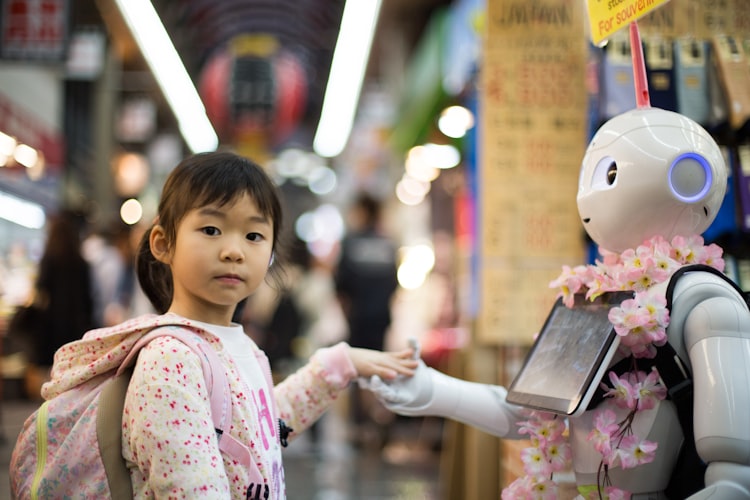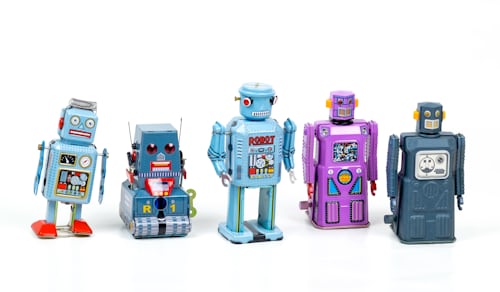Teaching your robot to do your chores
Would it not be great having a robot doing your chores? Well, researchers at MIT have designed a system that can training interactive robots to make our home jobs much easier.
"The vision is to put programming in the hands of domain experts, who can program robots through intuitive ways, rather than describing orders to an engineer to add to their code," says first author Ankit Shah, a graduate student in the Department of Aeronautics and Astronautics (AeroAstro) and the Interactive Robotics Group, who emphasizes that their work is just one step in fulfilling that vision. "That way, robots won't have to perform preprogrammed tasks anymore. Factory workers can teach a robot to do multiple complex assembly tasks. Domestic robots can learn how to stack cabinets, load the dishwasher, or set the table from people at home."
Learn more:
The idea is anyone can program their robot to do the “chores” they need to be done—without even any programing experience. The training can give robots the humanlike planning ability to perfrom tasks—these robots are based on a system that MIT researchers refer to as "Planning with Uncertain Specifications" (PUnS).
"Say a person demonstrates to a robot how to set a table at only one spot. The person may say, 'do the same thing for all other spots,' or, 'place the knife before the fork here instead,'" Shah says. "We want to develop methods for the system to naturally adapt to handle those verbal commands, without needing additional demonstrations."
"The robot is essentially hedging its bets in terms of what's intended in a task, and takes actions that satisfy its belief, instead of us giving it a clear specification," Ankit Shah says.
To test their robot, researchers compiled a dataset of eight objects-- a mug, glass, spoon, fork, knife, dinner plate, small plate, and bowl that could be placed in various positions.
In addition to a large number of specifications, another system is also enabled—the "linear temporal logic" (LTL). LTL is a system that can allow robots to reason through expressive language.
"Each formula encodes something different, but when the robot considers various combinations of all the templates, and tries to satisfy everything together, it ends up doing the right thing eventually," Ankit Shah says.
Source: Science Daily










